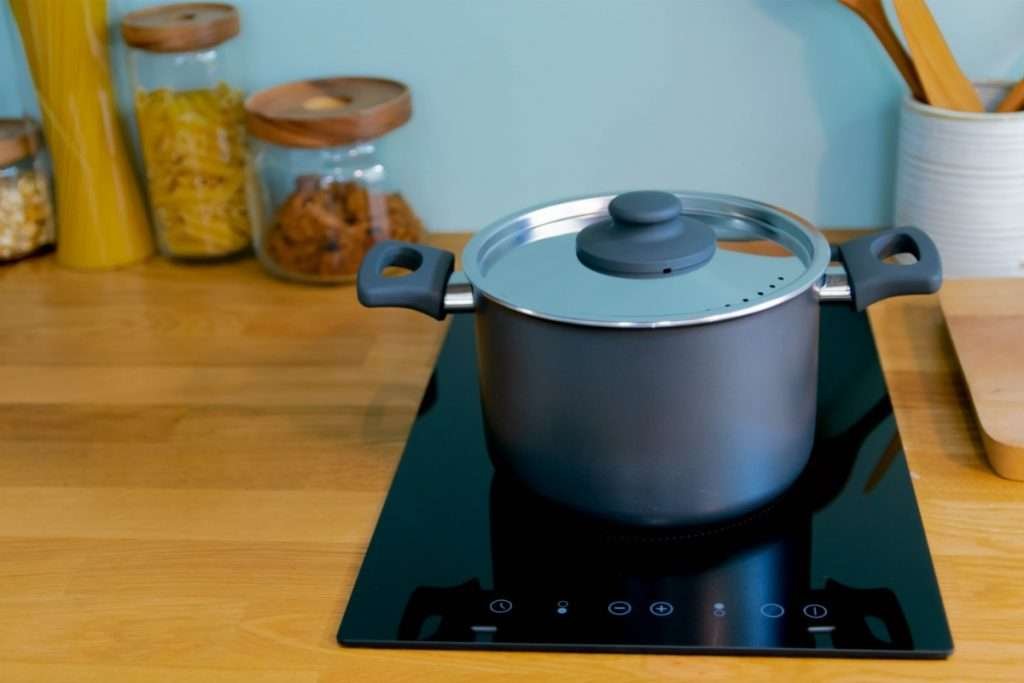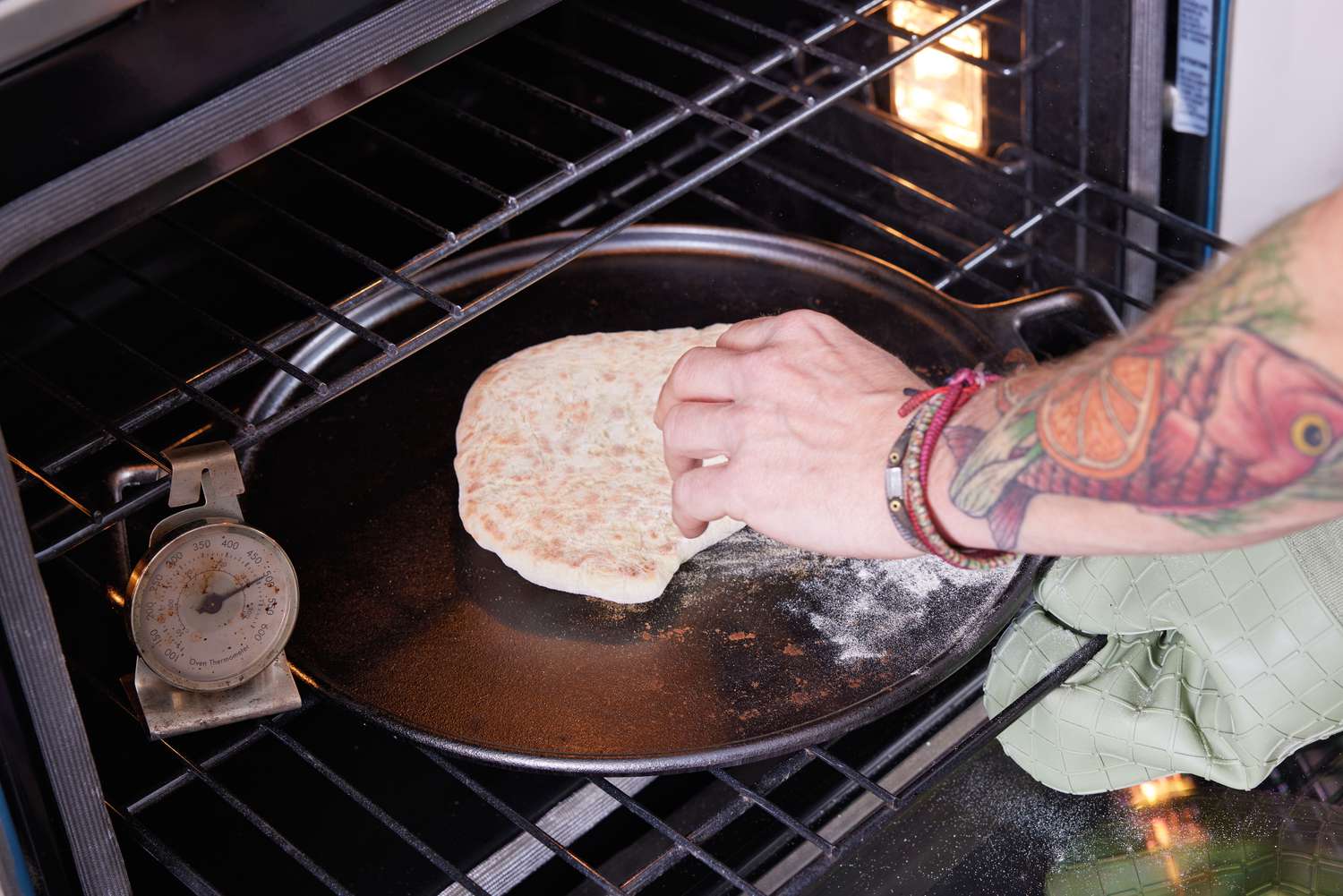For both seasoned chefs and aspiring home bakers, creating the perfect crispy crust on breads and various baked goods is truly an art form. The Maillard reaction on a baking stone plays a critical role in achieving that sought-after texture and flavor. But what is this intriguing reaction, and how can it elevate your culinary masterpieces?
The Maillard reaction refers to a chemical process between amino acids and reducing sugars that generally occurs when food is cooked. This reaction is responsible for the distinctive flavor and rich color of browned foods. When you're baking on a stone, the Maillard reaction is significantly enhanced, helping you to forge a wonderfully crispy crust that a standard baking sheet simply can't deliver.

Why is the Maillard Reaction Important?
The Maillard reaction is crucial for generating the complex flavors present in baked goods. This reaction kicks off at around 285F (140C) a much lower temperature compared to caramelization and involves a series of intricate reactions that lead to the creation of new flavor compounds. The result is a beautifully browned crust that not only pleases the eye but also enriches the overall taste.
The Advantages of a Baking Stone
Utilizing a baking stone optimizes the Maillard reaction by providing a uniform and intense heat source. Usually crafted from materials like ceramic or cordierite, the stone absorbs heat and maintains a stable temperature, which is vital for achieving that ideal crust. When the dough encounters the hot surface, it heats up quickly, prompting the reaction to occur more swiftly and evenly.
Culinary professionals advocate for baking stones not only for bread but also for pizzas, pastries, and even roasted vegetables. The outcomes are consistently impressive: a stunning, golden-brown exterior paired with a moist and flavorful interior.
Tips for Maximizing the Maillard Reaction
To achieve exceptional results, make sure your baking stone is fully preheated. Place it in the oven at your desired cooking temperature for at least 30 minutes before you bake. This allows the stone to soak up and evenly distribute heat across its surface.
Pay attention to the moisture level of your dough. Excess moisture can hinder the Maillard reaction by cooling down the food's surface. Strive for a balance where your dough remains pliable yet not overly wet.
Furthermore, consider the positioning of your baking stone. Ideally, place it in the lower third of the oven to capitalize on the radiant heat.
Experiment with Different Recipes
Don't hesitate to play around with various recipes to see how the Maillard reaction can enhance your culinary creations. For example, a classic sourdough bread benefits greatly from this method, yielding a chewy yet crispy crust. Similarly, a Neapolitan pizza attains its signature char and flavor thanks to the reaction catalyzed by a baking stone.
Understanding the Science of the Maillard Reaction
To delve deeper into the science of the Maillard reaction, its important to grasp its stages. Initially, sugars engage with amino acids, leading to the formation of color compounds. As temperatures increase, a series of reactions generates a range of flavors and pigments, promoting browning. Mastering these factors allows chefs to take full advantage of the Maillard reaction.
Avoid Common Mistakes
Patience is key. Allowing your dough sufficient time to develop flavor before baking is essential. Ensure it undergoes adequate proofing to optimize the reaction. Resist the urge to cut into your creation too soon, as this can compromise the crust you've worked hard to achieve.
Additionally, insufficient heat can lead to unsatisfactory browning. If you experience this frequently, consider increasing the oven temperature or using a thinner dough for quicker browning.
:max_bytes(150000):strip_icc()/pizza-stone-testing-winners-the-original-baking-steel-wdickey-7-63-0eab155b17994dcc94fe89c908bab57d.jpg)
Frequently Asked Questions (FAQs)
What are the best materials for a baking stone?
Typically, baking stones are made from materials such as ceramic, cordierite, or cast iron. Ceramic and cordierite are especially popular due to their ability to endure high temperatures and evenly distribute heat, which is crucial for enhancing the Maillard reaction.
How is the Maillard reaction different from caramelization?
The Maillard reaction involves the interaction of amino acids and sugars at lower temperatures, while caramelization occurs from the breakdown of sugars at higher temperatures. Both processes contribute to browning but yield different flavors and characteristics.
Do I need to season my baking stone?
Most baking stones do not require seasoning, although keeping them clean and dry between uses is essential. Regular use often improves their performance by creating a seasoned effect over time.
For additional insights on maximizing your baking outcomes with baking stones, be sure to explore this invaluable resource.
This article contains affiliate links. We may earn a commission at no extra cost to you.






Leave a comment
This site is protected by hCaptcha and the hCaptcha Privacy Policy and Terms of Service apply.